U.S. New Car Market Hits the Buffers, Big Style

The harsh realities of a mature US automotive market are wrecking havoc on the plans and finances of all the players. The Wall Street Journal reports that 15 million units is about the best the industry can hope for in '08. That's back to the future, 1990s style. Even market share-gobbling Toyota senior executives admitted they have "about a full plant's worth of excess capacity in North America– not including the Tupelo plant due to open in 2010." Holy excess capital expenditures Batman! The master of production planning has hit the wall. Bottom line: the US is a stagnant, mature market where new cars are competing for replacement business, not growth. Meanwhile, more manufacturers are threatening to enter the US market. The Chinese and Indians (Tata) are chomping at the bit, and Alfa-Romeo has announced plans to return… soon. Analysts forecast a return to growth in the decade ahead. Still, clearly, not everyone's going to make it.

More by John Horner

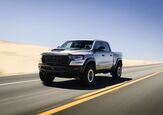

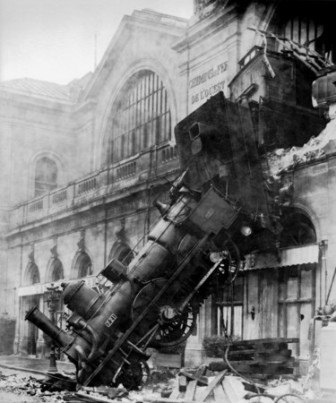


















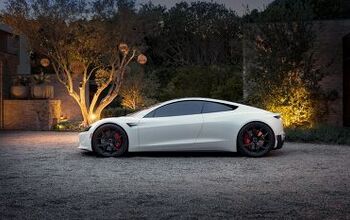
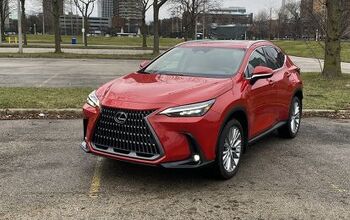



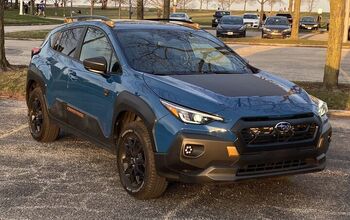

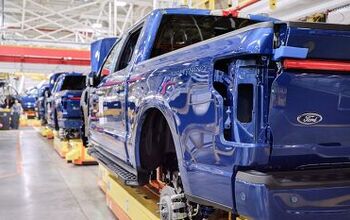

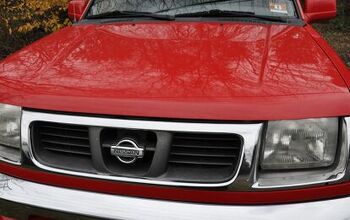

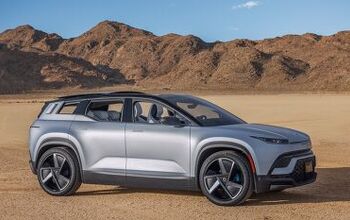
Comments
Join the conversation
David Holzman: thank you for beating me to saying it. Also, how many new cars can cheap Third World labor buy anyway? John
windswords: Sorry to tempt you with such a hot topic. Let's limit this to the car business--my point is that less people will be able to afford the more expensive cars because the job environment is changing. Yes, people are still employed, and yes they are healthy and affluent. But the fact of the matter is is that less people will be affluent enough to drop $40k every 4 years on a vehicle, due to changes in the structure of the job market.
So what's the big deal? Should people buy new cars every 3 years? Is that responsible? People are hanging on to their cars and saving their money. That's a good thing. Rampant consumerism is a bad thing.